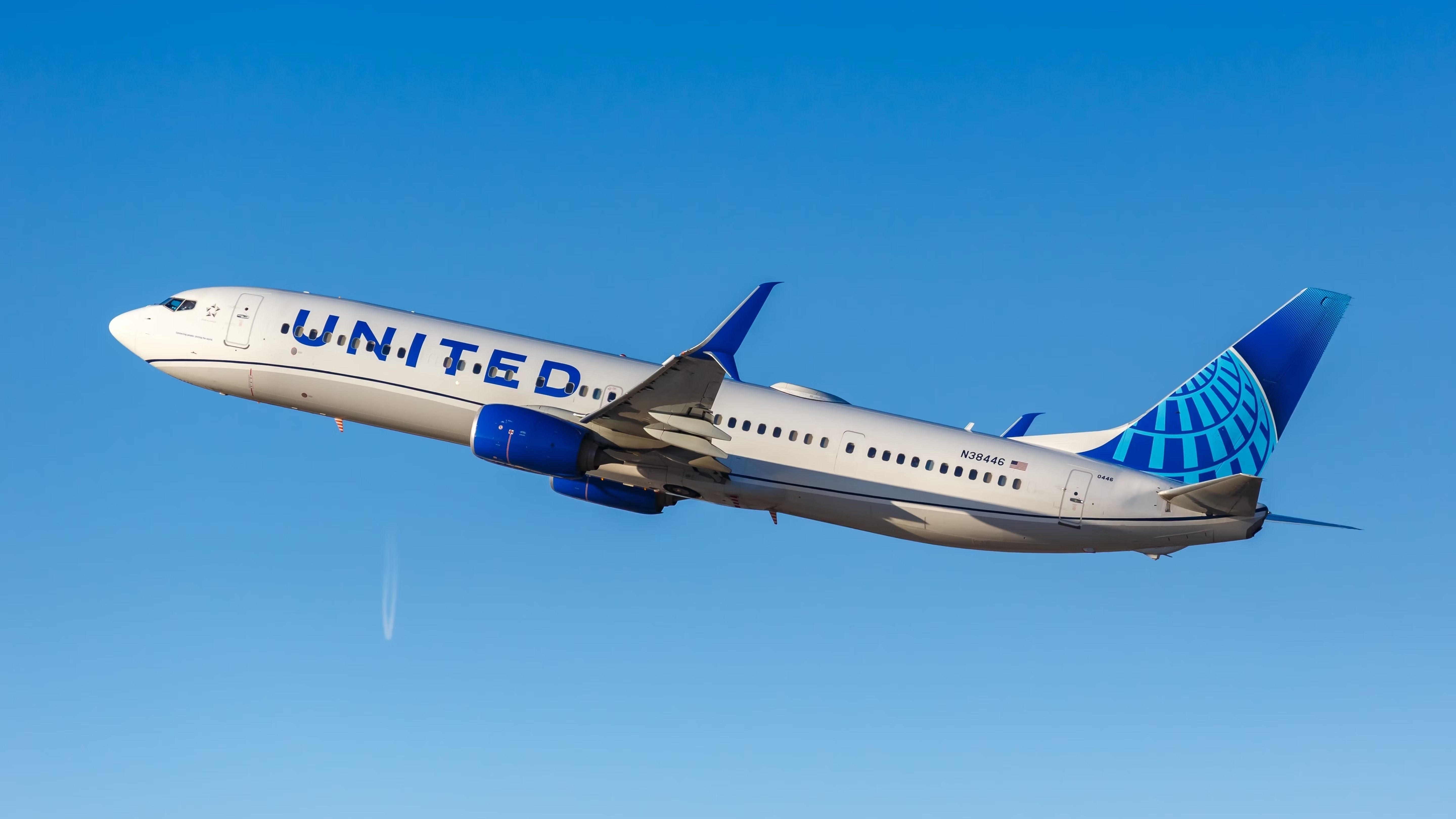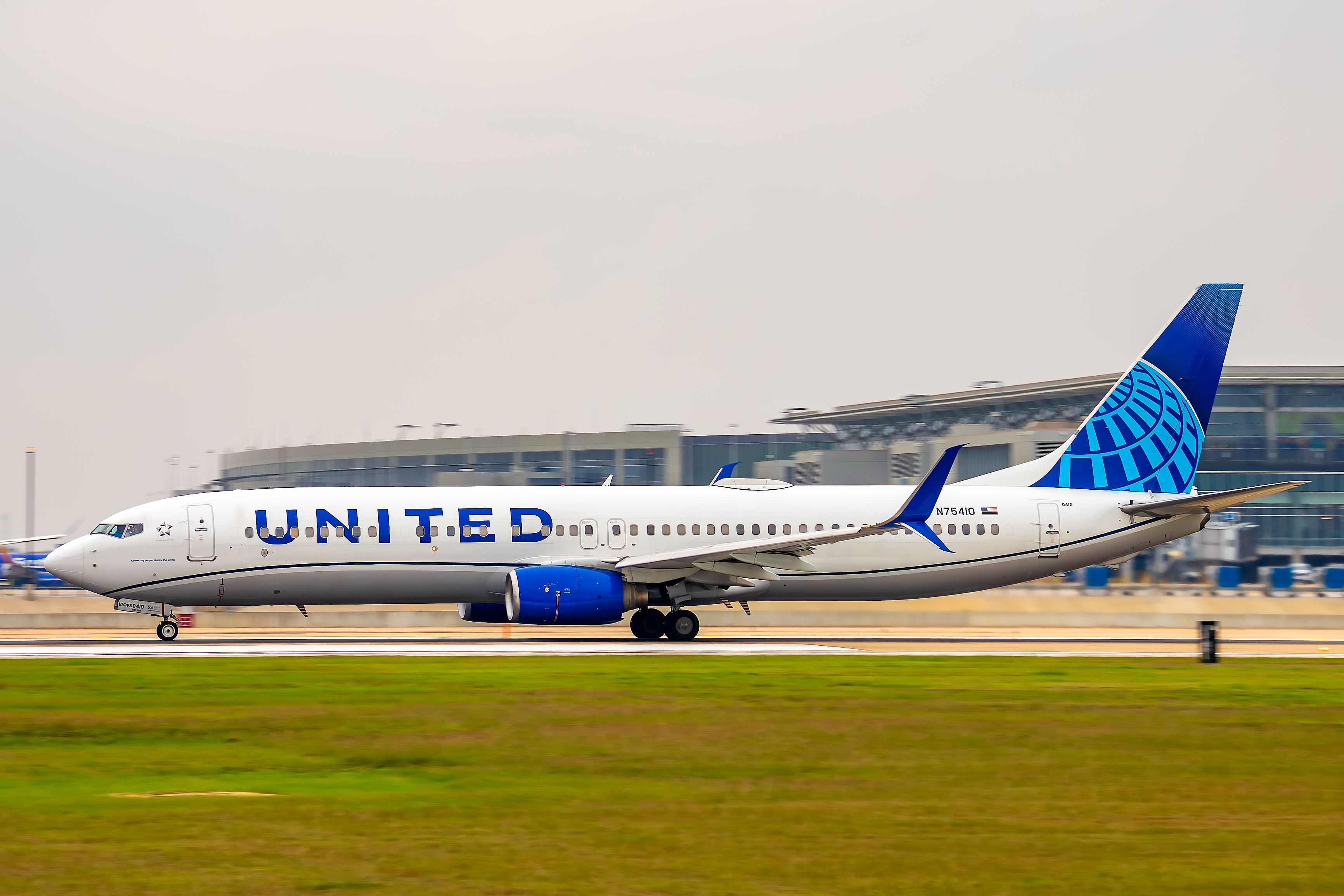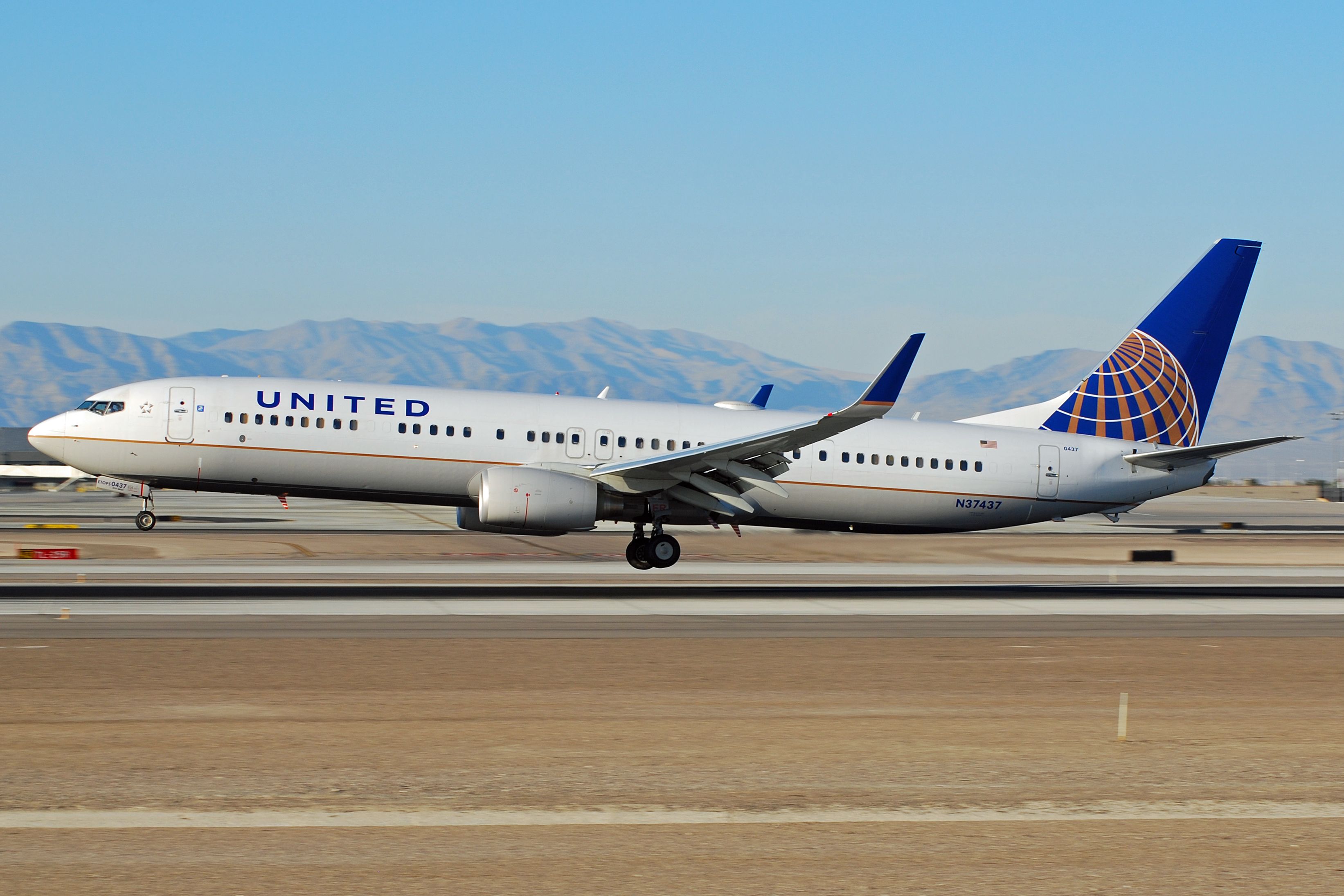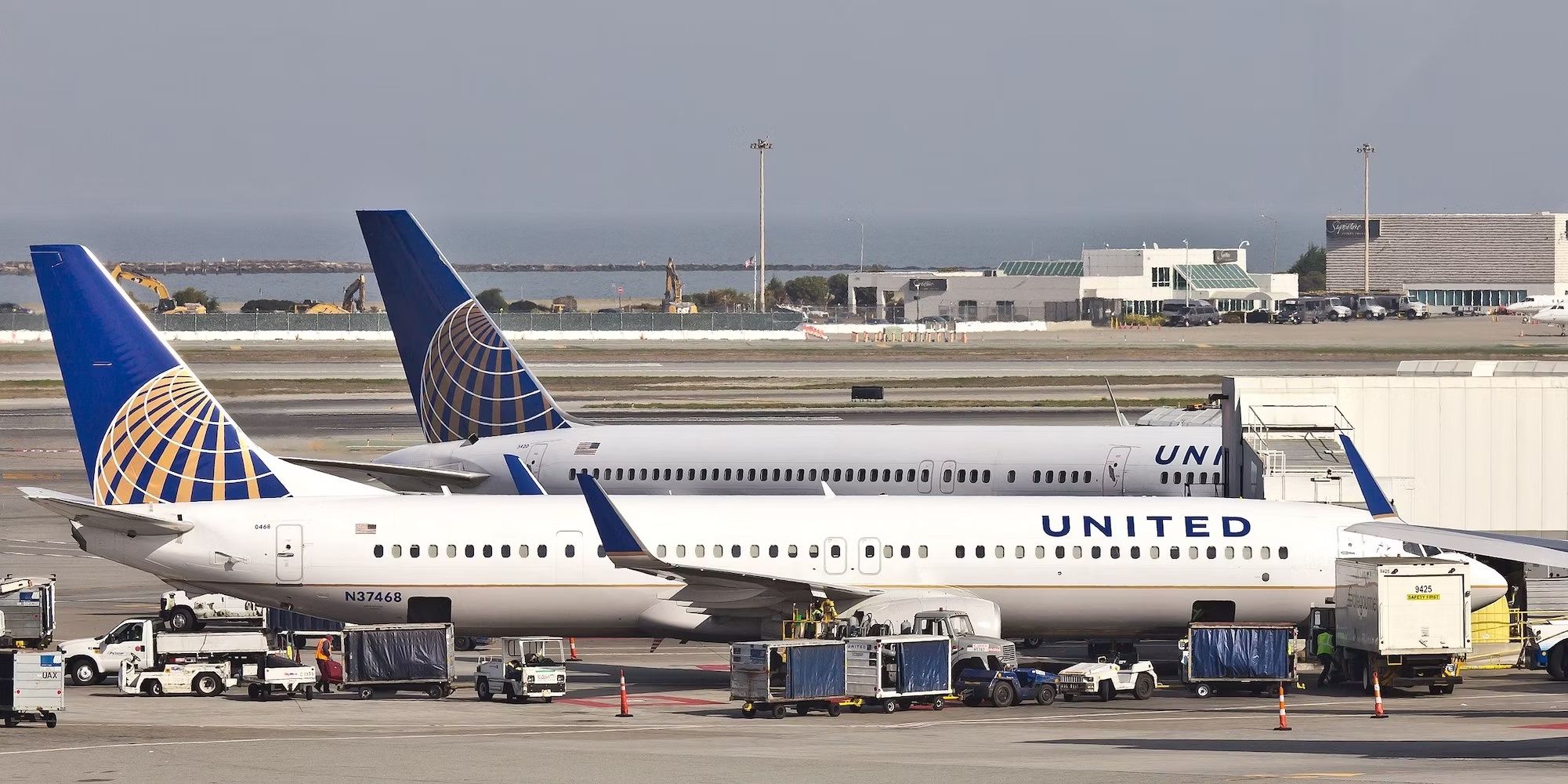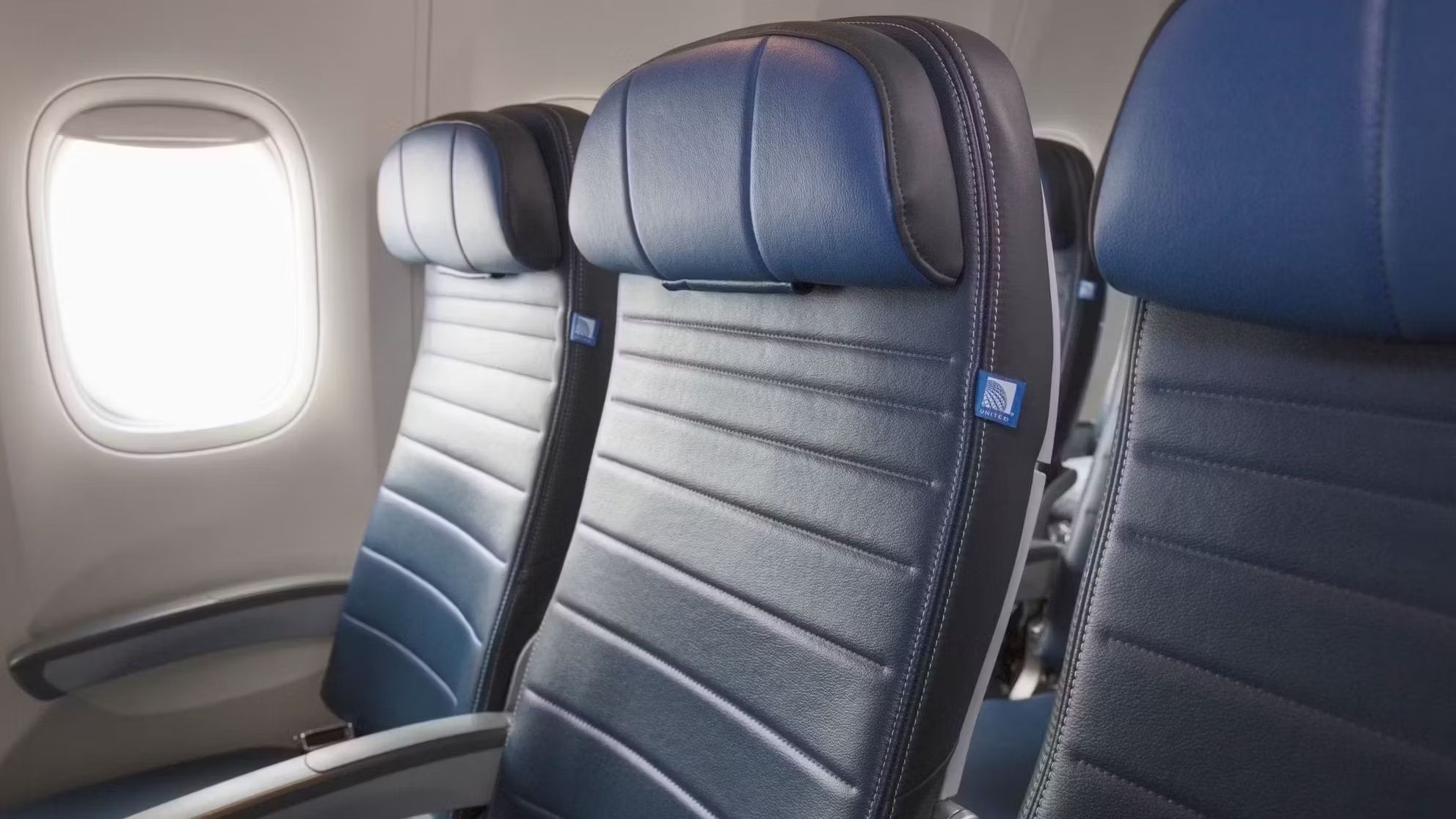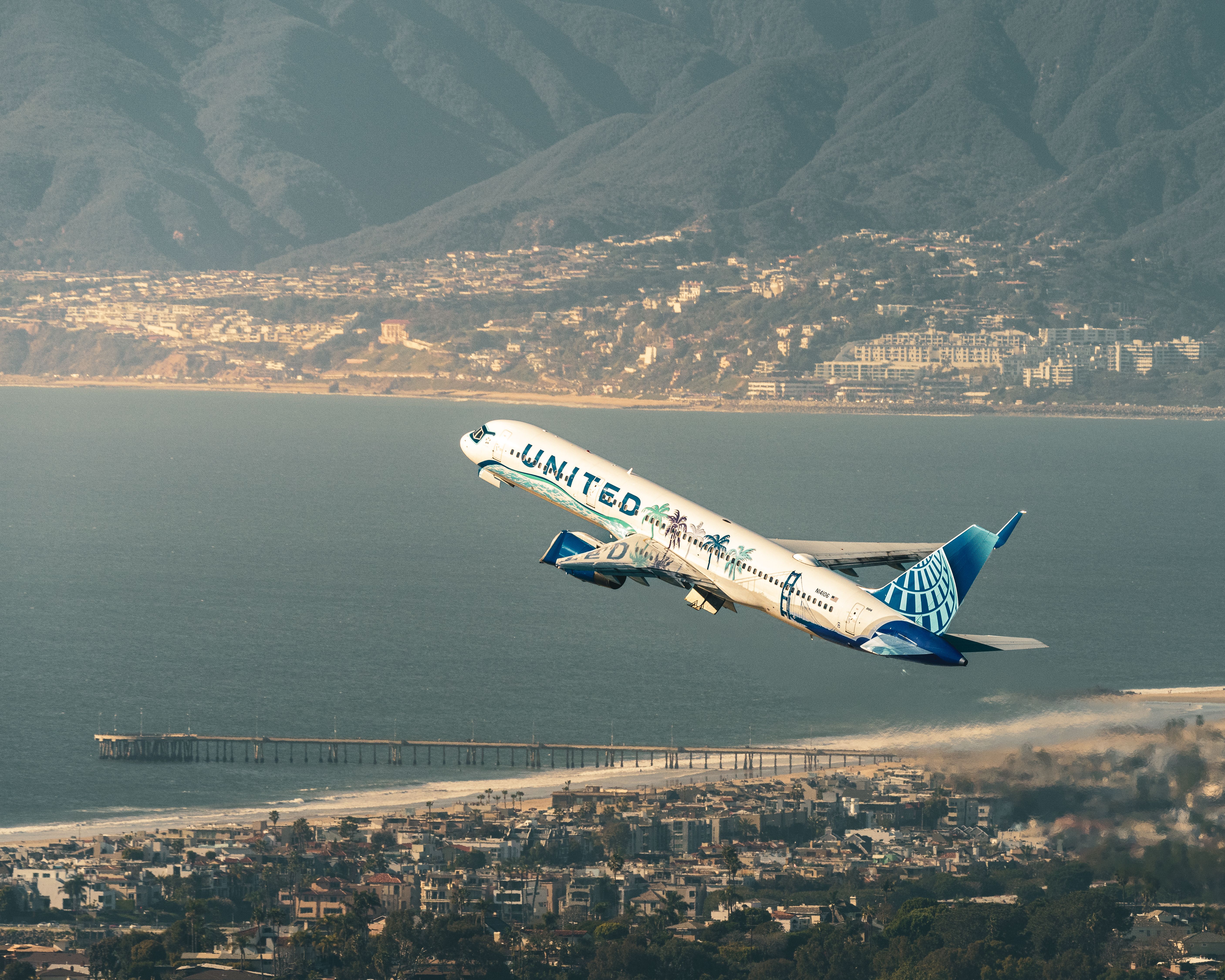Summary
- United Airlines operates 12 Boeing 737-900s and 136 737-900ERs with a seating configuration of 179 seats.
- United's 737-900s offers first-class and economy cabins with personalized entertainment and power outlets.
- The 737-900ER has three cabin configurations, each with similar layouts but varying numbers of extra legroom seats.
The Boeing 737-900 and the extended-range version of the aircraft, the Boeing 737-900ER, are among the most common jets that one will find in the fleet of American legacy carrier United Airlines. The carrier has long been an operator of the most successful narrowbody aircraft produced by Boeing, the 737 family, and has grown to demonstrate a particular affection for the 737-900 and 737-900ER variants specifically.
United Airlines operates a modest 737-900 fleet, with only 12 aircraft of this specific model operating across the carrier's vast route network. The variant that the airline has grown to rely on, however, is undeniably the 737-900s extended-range brother, of which United operates a massive 136 aircraft.
Whichever variant one may fly on, the passenger experience onboard the 737-900 is relatively ubiquitous across the fleet, with this aircraft specifically offering a few key differentiating factors. In this article, we will take a deeper look at United's 737-900 and 737-900ER fleets and everything you should know about them before hopping on your next flight.
The variant's history
Before we take a deeper look at United's 737-900s and -900ERs, it is important to understand where these two variants came from and the specific roles they filled. On 5 September 1994, a key member of the Boeing 737 Next Generation family launched. According to the manufacturer, the first 737-800 entered service with Hapag-Lloyd Flug, a German leisure carrier that would eventually morph into TUI fly Deutschland.
While the 737-800 proved popular with airlines, Boeing's team believed that there was an opportunity to build a slightly elongated version of the popular model. The carrier believed that the higher capacity of the 737-900 would attract customers, who would overlook its weaker performance in certain categories.
The aircraft offered the same Maximum Takeoff Weight (MTOW) and fuel capacity as its predecessor, with the plane making its first flight in 2000. Alaska Airlines was the first carrier to receive the aircraft, and only 52 of the type would ever be ordered by commercial airlines.
Get all the latest aviation news right here on Simple Flying!
There were a few key issues that handicapped the 737-900's success, one of which had to do with the aircraft's capacity limits. Due to maintaining the same emergency exit configuration, the aircraft had a maximum capacity of 189, and the jet's weaker range was nonetheless a factor considered by many airlines.
The 737-900ER would prove to be the far more popular variant, with over 500 orders from airlines like United. The plane was the longest variant of the 737 family to date and sought to bridge the capacity gap between the 737 and the 757 in Boeing's commercial lineup, with its sights set squarely on competing with the Airbus A321.
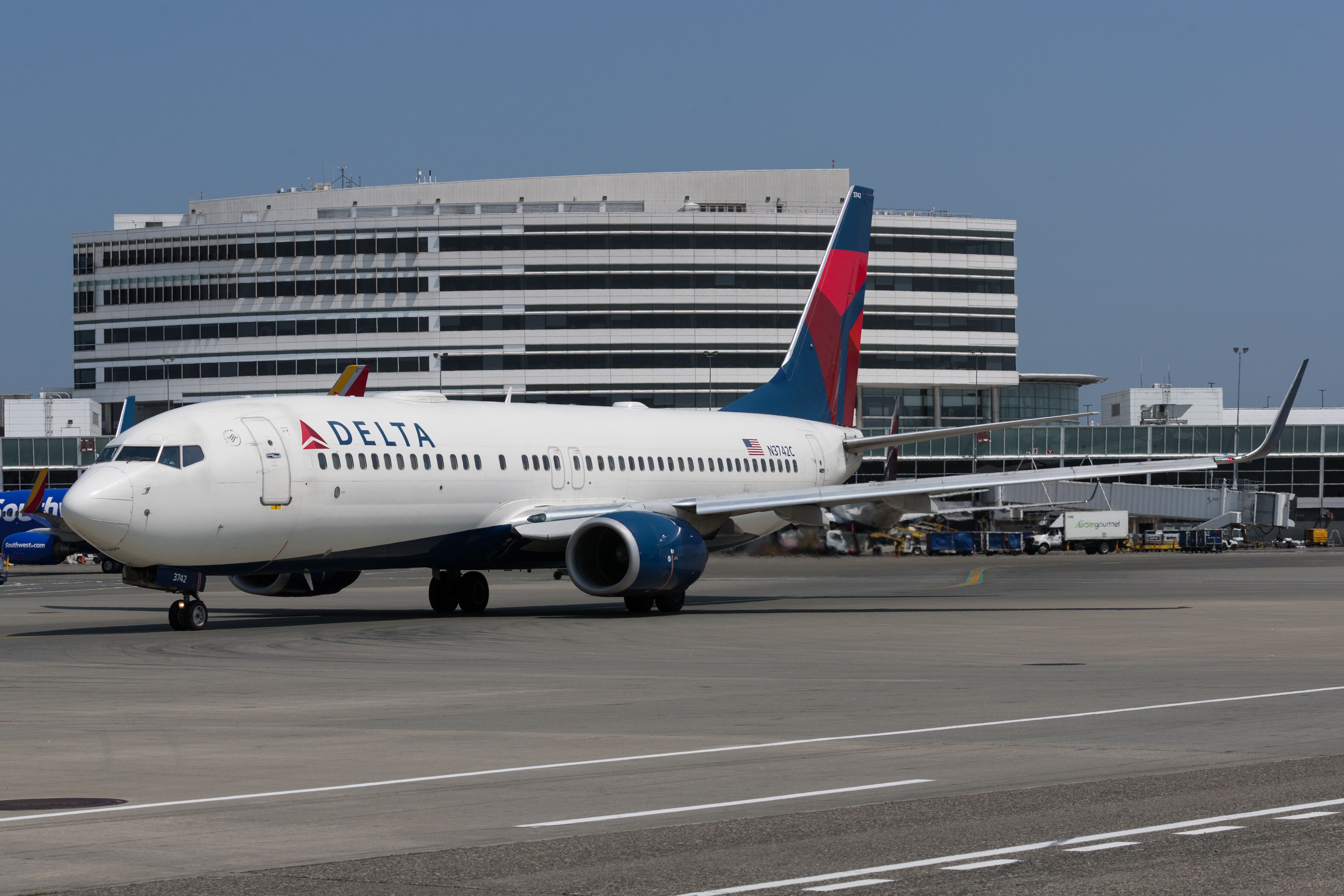
Delta Air Lines' Boeing 737-900ER: What To Expect On Board
There is something for everyone on these narrowbodies.The aircraft offered a number of improvements over its predecessor, including a key set of aft emergency exit doors. With these new doors, the plane could offer a single-class capacity of 215, according to FlightGlobal. Boeing delivered its first 737-900ER in April 2007 to Indonesian low-cost carrier Lion Air. In comparison to the rest of the 737 Next Generation family, the 737-900 and 737-900ER performed weakly:
|
Variant: |
Orders: |
|---|---|
|
737-600 |
69 |
|
737-700 |
1,128 |
|
737-800 |
4,991 |
|
737-900 |
52 |
|
737-900ER |
505 |
United's 737-900s and 737-900ERs
Currently, the legacy carrier operates 12 737-900s and a further 136 737-900ERs, all of which operate with a seating configuration of 179 seats. Despite the capacity difference between these two aircraft, United still operates the two jets with the same total number of seats, with the distinguishing factor being the different cabin capacities.
The airline's 737-900 aircraft operate with 20 seats in the first class cabin, which are large recliners that are arranged in a four-abreast two-two configuration. The aircraft's economy class cabin features 159 seats, which are split between 42 extra-legroom Economy Plus seats and 117 standard seats.
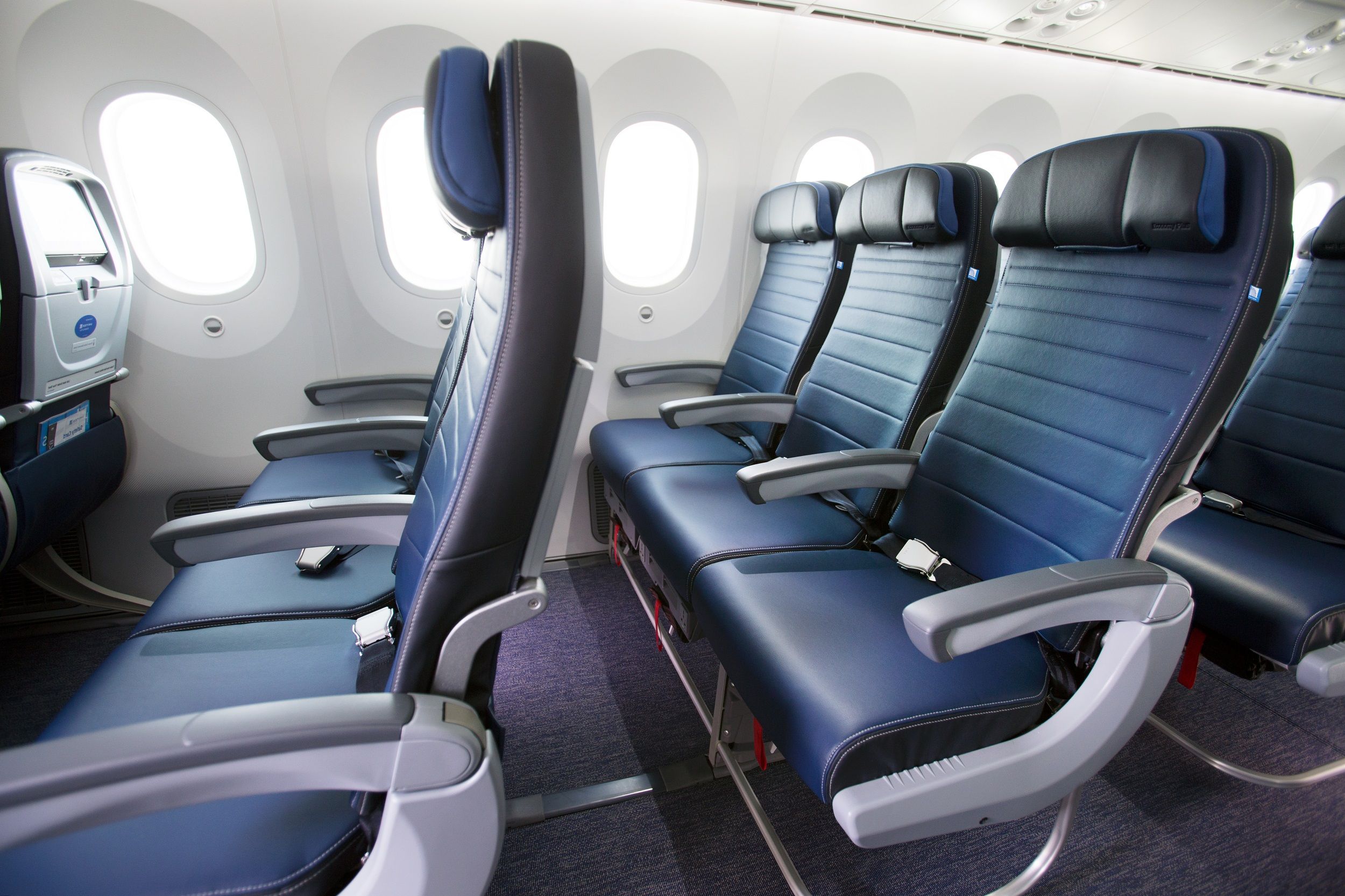
United Airlines' Economy Plus Seats: 5 Fast Facts
The United Economy Plus seats offer a few extra inches of legroom.For the airline's extensive 737-900ER fleet, the carrier offers three different configurations. According to United's website, these jets are laid out as follows:
|
Aircraft version: |
United First |
Economy Plus |
Economy |
|---|---|---|---|
|
Version 1 |
20 |
45 |
114 |
|
Version 2 |
20 |
42 |
117 |
|
Version 3 |
20 |
39 |
120 |
In terms of layout, all of these variants are fairly similar, with just a few extra legroom seats, which makes the difference between the types. This versatility allows United to operate these jets on routes that may face more or less respective demand for extra-legroom seats.
Onboard experience
United's 737-900 and 737-900ER jets offer the airline's standard domestic first class and economy class products, including all the latest amenities. The aircraft offers United's WiFi, as well as satellite TV offered by DIRECTV, and power outlets between the seats, which, as the airline notes on its website, do not offer USB access. Passengers can also watch free entertainment through the United app on their personal mobile devices while onboard the 737-900.
The airline's three classes of service offer slightly different comforts to their passengers. Some of the key differences between the onboard product offerings are detailed in the table below:
|
Class: |
Seat pitch: |
Seat width: |
Seat recline: |
|---|---|---|---|
|
United First |
37" |
20" |
5" |
|
Economy Plus |
34" |
17" |
3" |
|
Economy |
30"-31" |
17" |
2" |
Across the board, the product offerings onboard the airline's 737-900s are relatively similar to the rest of United's 737 fleet, with similar specifications to even the most modern 737 MAXs. The carrier, however, does have big plans for the future of its 737-900 fleet, with all aircraft set to be retrofitted with the airline's signature cabin interior by 2025, according to United.

